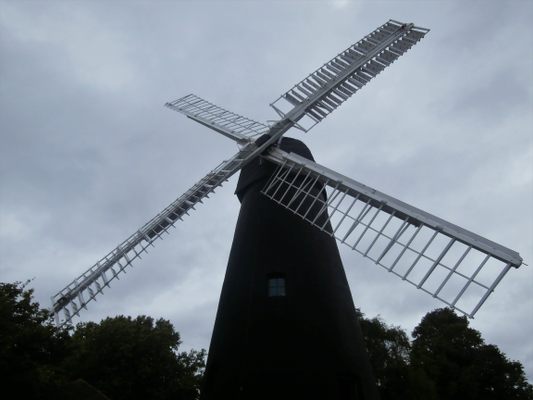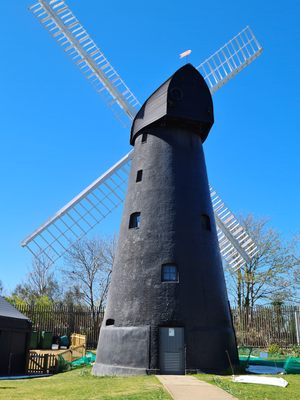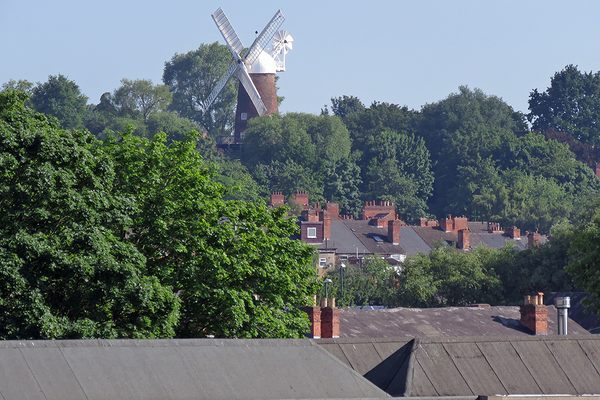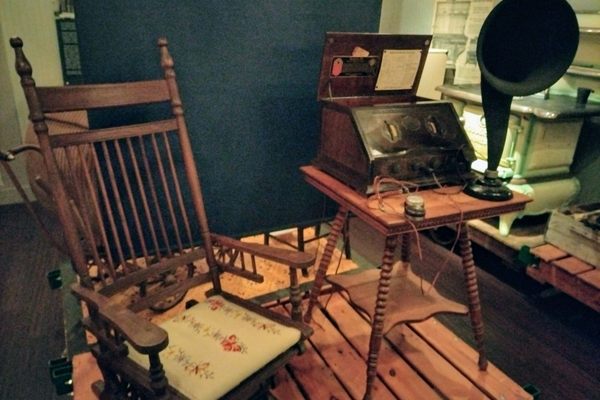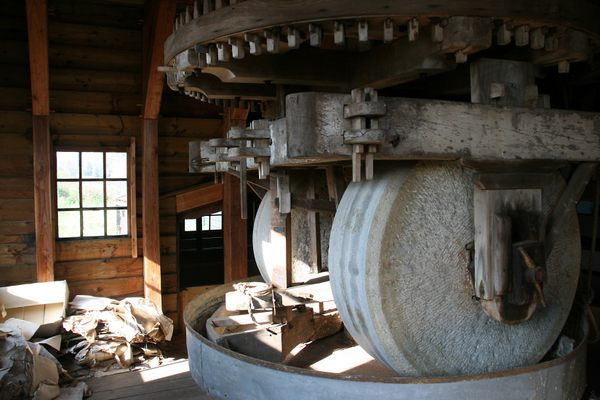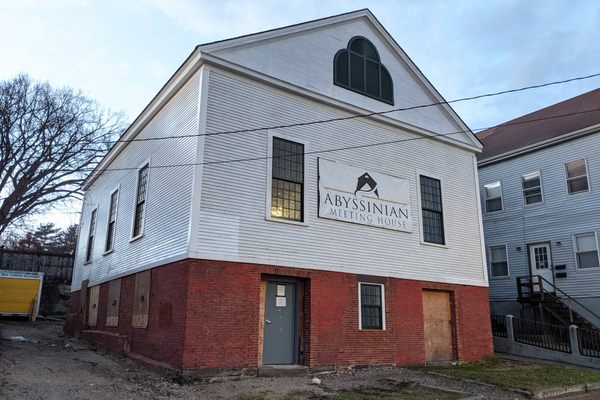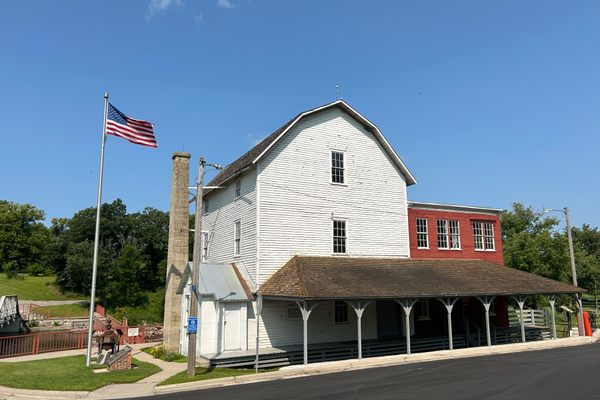About
It might seem unusual to find this dark windmill at the end of a residential street in South London, and even more unusual to learn that the mill still produces flour, considering the sails haven’t powered the millstones for over 150 years.
As hard as it may be to imagine today, Brixton was once a much more rural place. Up until the mid-19th century, most of the land there was used for agriculture. It was in these open, windy fields that the windmill was built in 1816.
The rapid development of Brixton over the next few decades saw tall Victorian buildings encroach upon the fields, which prevented winds of sufficient strength from reaching the sails. The mill was rendered inoperative, and instead used for storage. But by 1902, technology had advanced enough to produce steam-driven millstones, and one was installed in the mill to resume flour production until 1934.
London County Council acquired the mill in 1957, starting a repeating cycle of restoration followed by neglect and vandalism. A 2010 grant from a heritage fund enable significant restorations, including the sails, cap, and tower. It is now open for guided tours on selected weekends, where volunteers guide visitors through the history and operation of Brixton windmill. The steam millstone, previously converted to run on gas, has been upgraded again to run on electricity, producing a wholemeal flour that is sold in several local shops.
Related Tags
Know Before You Go
The windmill is open on selected weekends throughout the year. Full access to the all floors of the mill is by tour only, which must be booked in advance online. Only three tickets are available per tour due to limited space inside the mill. Shorter tours of the ground and first floors are available without booking.
Published
August 1, 2018
